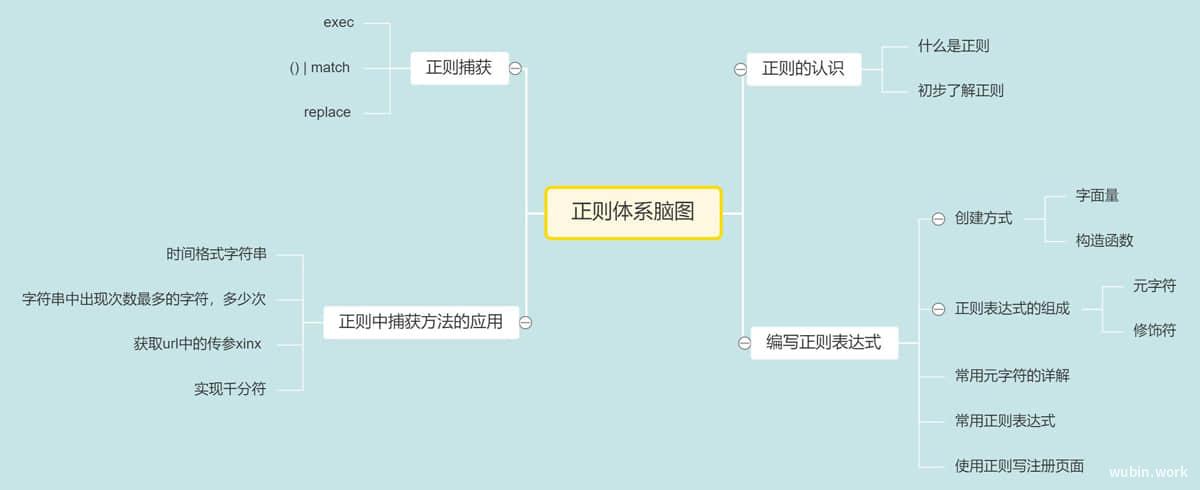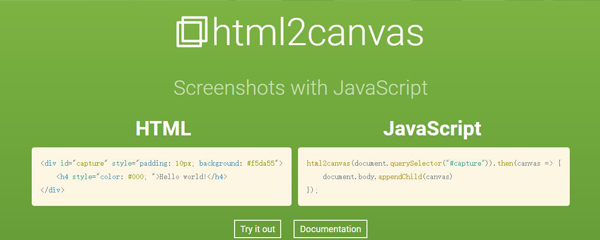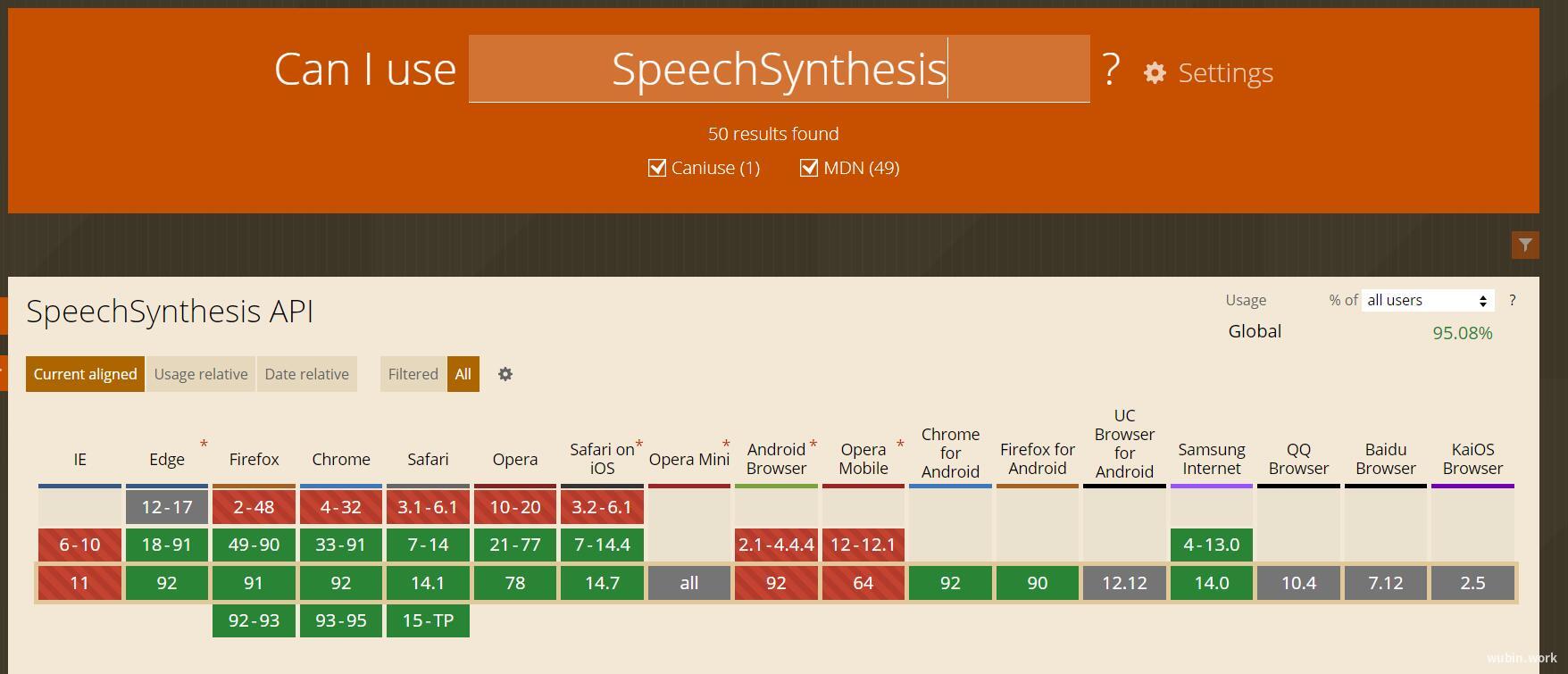总结vue中使用watch监听数组或对象
watch 的方法和属性
《使用watch实现组件props双向绑定:https://www.wubin.work/blog/articles/37》
handler方法
handler:监听数组或对象的属性时用到的方法
举个例子,代码如下:其实我们平时写的 watch 方法都是会去默认执行这个handler方法的
watch: {
name: {
handler(newVal, oldVal) {
console.log(newVal, oldVal);
}
}
}
immediate 属性
这个属性存在的原因在于 watch 有一个特点:当一个值第一次被绑定时,是不会执行监听函数( watch )的,只有当值发生了改变才回去执行。当我们需要在最初绑定值的时候,就对该值执行监听,那就用到了这个属性。
watch: {
name: {
handler(newVal, oldVal) {
console.log(newVal, oldVal);
},
immediate: true
}
}
deep 属性
当需要监听一个对象的改变时,以上的监听方式已经不能满足,原因是受到 JavaScript 的限制(以及废弃 Object.observe),Vue 不能检测到对象属性的添加或删除,导致我们对一个对象的监听是无效的。此时,我们需要使用 deep 属性对对象进行深度监听。
deep:深度监听,为了发现对象内部值的变化,可以在选项参数中指定 deep:true 。注意监听数组的变动不需要这么做。
watch: {
obj: {
handler(newVal, oldVal) {
console.log(newVal, oldVal);
},
deep: true
}
}
[注意] deep 的默认值是 false,为什么?因为使用了 deep 之后,监听器就会一层层的往下遍历,这样做可想而知对性能的开销非常的大。
当我们只需要对一个对象里的某个属性进行监听时,可以使用字符串形式监听。如此,Vue 就会一层一层解析下去,直到遇到需要监听的属性,给其设置监听函数。
watch: {
'obj.name': {
handler(newVal, oldVal) {
console.log(newVal, oldVal);
},
deep: true
}
}使用例子
watch监听普通变量:
data() {
return {
frontPoints: 0
}
},
watch: {
frontPoints(newValue, oldValue) {
console.log(newValue)
}
}watch监听数组:
data() {
return {
winChips: new Array(11).fill(0)
}
},
watch: {
winChips: {
handler(newValue, oldValue) {
for (let i = 0; i < newValue.length; i++) {
if (oldValue[i] != newValue[i]) {
console.log(newValue)
}
}
},
}
}watch监听对象:
data() {
return {
bet: {
pokerState: 53,
pokerHistory: 'local'
}
}
},
watch: {
bet: {
handler(newValue, oldValue) {
console.log(newValue)
},
deep: true
}
}深度监听的方法有哪些?
使用 deep 属性
watch: {
obj: {
handler(newVal, oldVal) {
console.log(newVal, oldVal);
},
// 开启深度监听
deep: true
}
}
使用 computed 计算属性监听
// 通过计算属性,计算出需要监听的数据
computed: {
changed() {
return this.obj.name
}
},
// 不通过deep,仍然可以深度监听计算出来的数据
watch: {
changed: {
handler(newVal, oldVal) {
console.log(newVal, oldVal);
},
}
}










 目录
目录